Ather seek to bring the heat to the EV space with the new 450X and its Warp mode. Naturally curious, we went to Bengaluru for a first-hand experience.
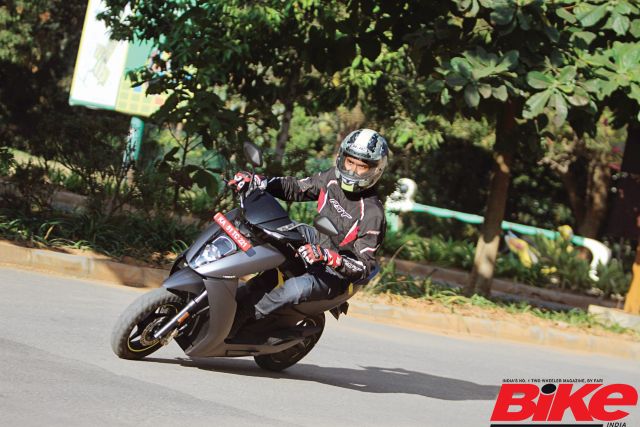
Story: Joshua Varghese
Photography: Saurabh Botre
Outdoing yourself with respect to your best achievement thus far is a gigantic obstacle to overcome. Especially because you know that you put in every waking hour and resource to create that masterpiece. How do you climb this mountain then? Take a look at what Ather did. They gave it their best shot and made the Ather 450. Then they used the data collected from the 450s. That is six million kilometres worth of gigabytes from real-time users, ride statistics, and, most importantly, a friendly forum that listened. A couple of years later, we were invited to ride the 450X “super scooter”.
We accepted the aforementioned invite and landed in Bengaluru to find out if Ather’s formula had worked. Post a press conference that dealt mainly with numbers, graphs, and statistics, I was handed the key to a 450X. Trust me, if you were given pictures of the 450 and the 450X and asked to spot six differences between the two, you would be stumped! Because, visually, there are only two things that set these two apart: a differently-coloured cowl and updated stickers. However, no complaints there. The 450’s design was clean, sharp, and futuristic to begin with and, personally, I am glad they left that exposed frame untouched. Thankfully, the build quality remains exemplary and the 450X also displays an admirable level of craft. Furthermore, the 450X gets to flex its lines through two new shades: mint green and matte grey.
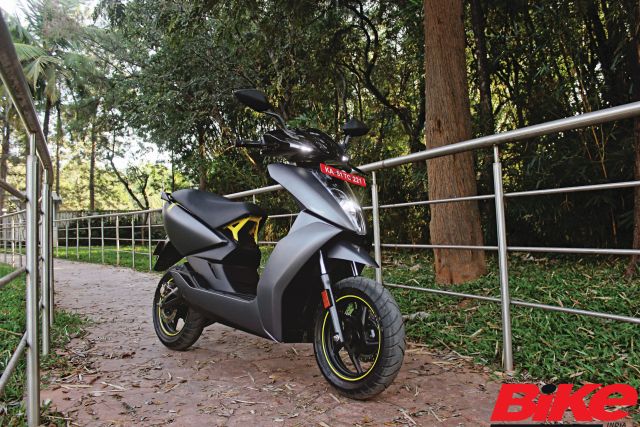
The seven-inch, touchscreen TFT LCD on the dashboard may look the same, too, but has undergone crucial changes. A Snapdragon 212 quad-core 1.3-GHz processor handles things now using an Android Open Source framework. Positive improvements have been made in the fields of touch sensitivity and colour as well. Connectivity has improved thanks to upgrades, including 4G-compatibilty, Wi-Fi, and Bluetooth. They allow better integration with the smartphone app, easier use of the Google-supported map for navigation, music playback, caller ID, and the ability to answer/reject phone calls using the scooter’s switchgear.
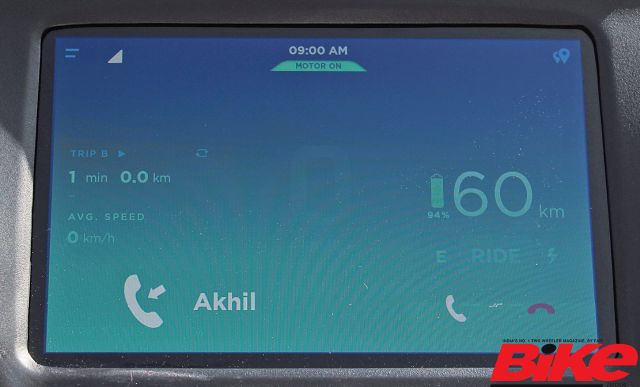
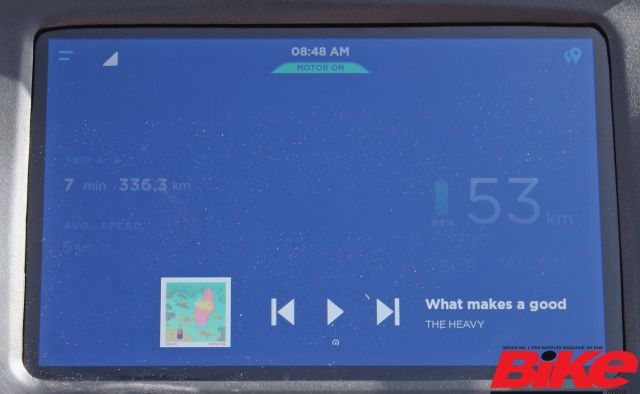
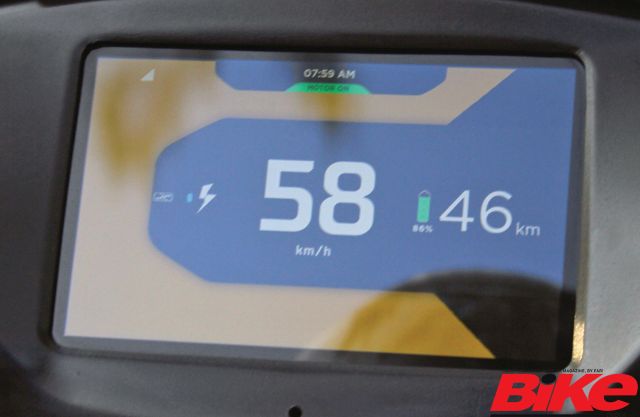
Dimensionally, the X is almost the same as the 450 and it features the same riding position. Comfortable, roomy, and tipping the scales towards sporty with enough space to seat a pillion without fuss. Ather have found a way to shave 10 kilos off the first-generation 450 and the X now weighs a decent 108 kg. A major part of this weight loss comes from optimizing the hardware for on-board electronics (charger and dashboard) and thermals.
This commendable weight loss is overshadowed by the new power source; a 21,700-cell, 2.9-kWh lithium-ion battery. It features better power density and thermal capability than its predecessor, thus allowing the battery to charge and discharge at higher rates than before. Now the battery charges at a rate of up to 1.45 km/minute; reaching 0-80 per cent charge in three hours and 35 minutes while promising a claimed range of 70 km (Ride mode) and 85 km (Eco mode).
To take advantage of the better battery, the permanent magnet synchronous motor (PMSM) has been re-programmed to dish out a peak output of 6.0 kW (8.2 hp) and 26 Nm of torque — 0.6 kW (0.8 hp) and 5.5 Nm more than before. The motor is mounted on the frame and seeks the aid of a belt drive to put power down to the road through the rear wheel. A reduction ratio of 7.8:1 means that there is ideally 202.8 Nm at the rear wheel. Whoa!
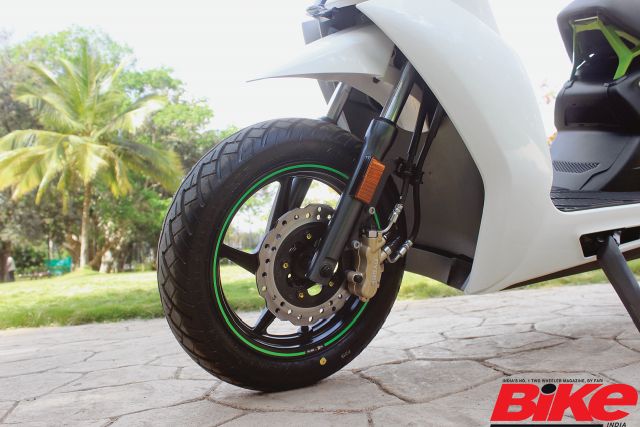
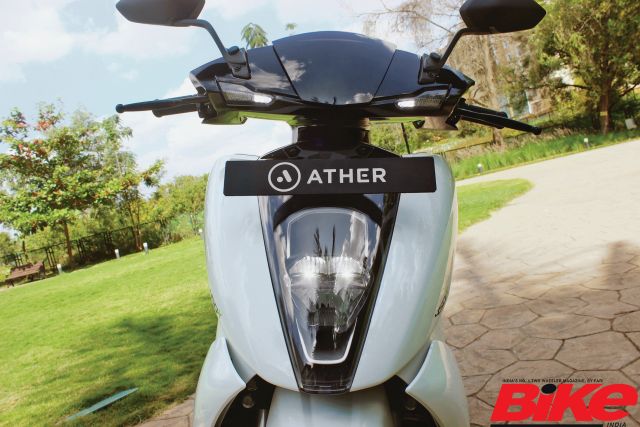
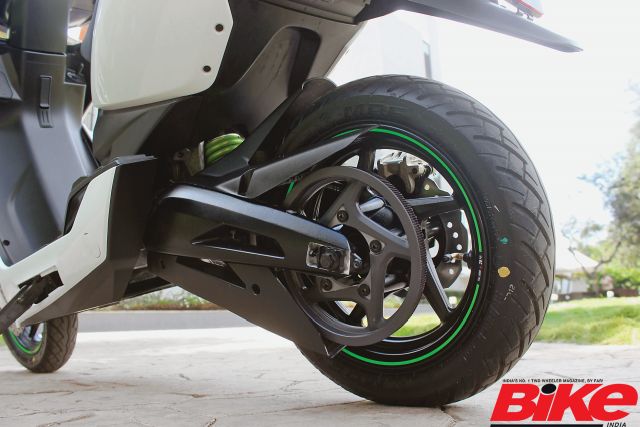
This wave of torque is harnessed by four riding modes. The Eco, Ride, and Sport modes have not changed much in the X. Eco is the most docile of the lot and maximizes the range while Ride kicks the performance up a notch at the expense of range. The Sport mode delivered sharp throttle response, quick acceleration and was full-on fun; reaching speeds up to 82 km/h (indicated).
Enter “Warp” mode. Released exclusively on the X, the Warp mode performs at a level higher than Sport. The throttle response is sharper still, the acceleration is noticeably quicker and the X surges ahead fiercely unlike any electric scooter I have ridden yet; the high-pitched whine of the motor only adding to the rush. Ather claim that the 450X can dismiss 0-40 km/h in 3.3 seconds and it certainly feels like it. The difference is evident because we did a few drag races with the 450 and the X. The X won each time, regardless of the rider.
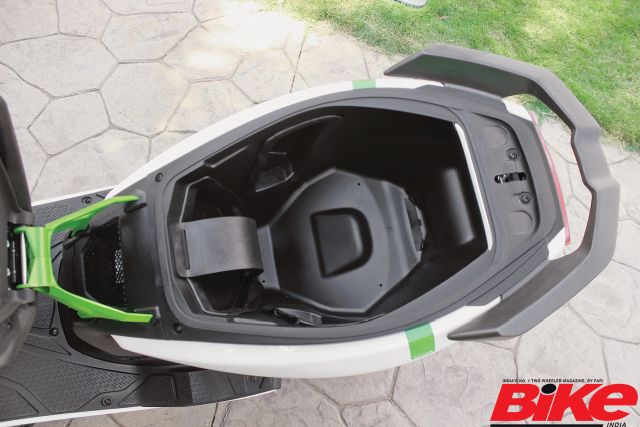
The X’s frame continues to be the same aluminium-steel structure as the 450’s and it even features the same suspension kit at either end. While the telescopic fork at the front is reasonably well-damped for compression and rebound, the rebound damping for the monoshock at the rear is quite low. Its effects are ironed out while riding two-up but are certainly noticeable when riding solo. The overall set-up is on the stiffer side and there is room for improvement for the ride quality over broken tarmac. However, the 450X’s cornering manners have not taken a hit. The scooter responds to rider input quickly and dives into corners with confidence which it maintains all the way to the exit. Braking is taken care of by ByBre equipment; a three-pot caliper biting on a 200-mm disc at the front and a single-piston unit clamping down on a 190-mm disc at the rear with CBS for company. The three-pot caliper seems a bit much and it is, but its bite and feedback make stoppies an easy affair. So, no grouse there either.
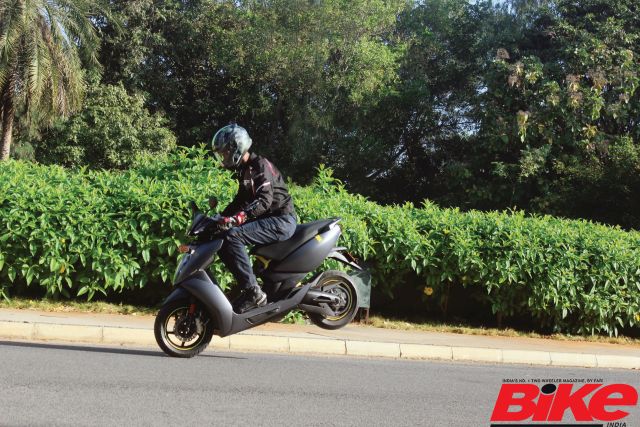
The Ather 450X offers you a choice of rubber. You can either go with the stock 90/90-12 MRF Nylogrip Zappers or choose the TVS Remora tyres (100/80-12 front and 110/80-12 rear). The MRFs are adequate for everyday use but you could choose the TVS tyres if you want more grip in the corners. However, the MRF-shod scooter was noticeably faster in a straight line. So, I would probably just stick to the MRFs.
Today, Ather have to hold their ground while fending off established Indian manufacturers who have begun venturing into the EV space. They have priced the 450X competitively at Rs 99,000 (ex-showroom, Bengaluru). Wait, there is more. Users have to opt between Plus or Pro monthly subscriptions; priced at Rs 1,699 and Rs 1,999 respectively (to understand the flexibility of these plans better, visit the Ather website). The Pro is the fully loaded package of the two and unlocks all of the Ather 450X’s potential. The Plus package lacks Warp mode, Bluetooth features, and accessory support. It also dials down the performance to a level that is similar to the Ather 450.
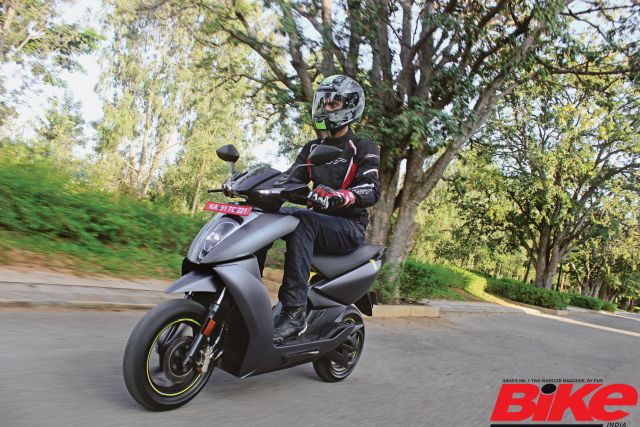
The Ather 450X is a significant step ahead of its predecessor and brings the fun element to the EV space. Deliveries of the first batch are slated for July 2020 and if Ather hold good on their promise of being present pan-India, the 450X will certainly become a benchmark product that could replace a petrol-powered scooter. For city use, at least.


Leave a Reply